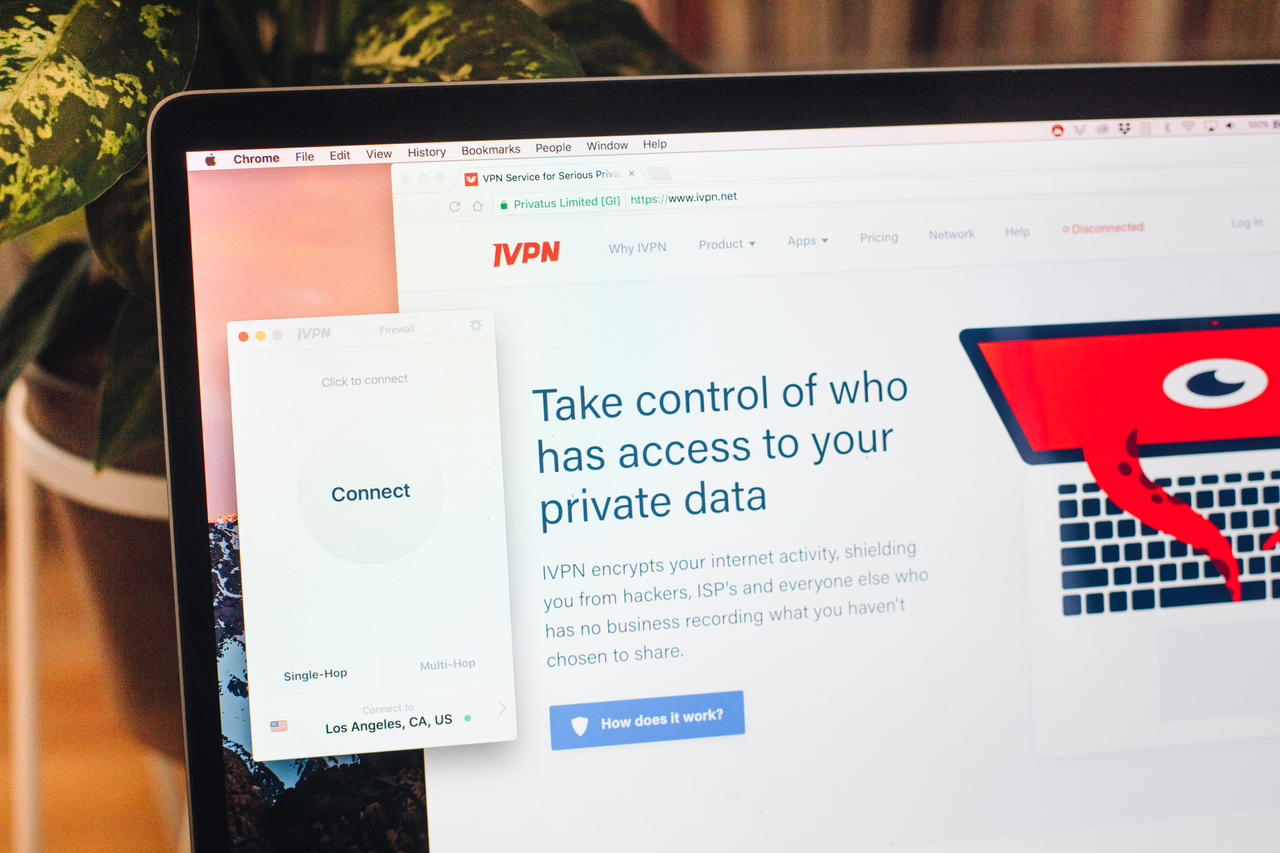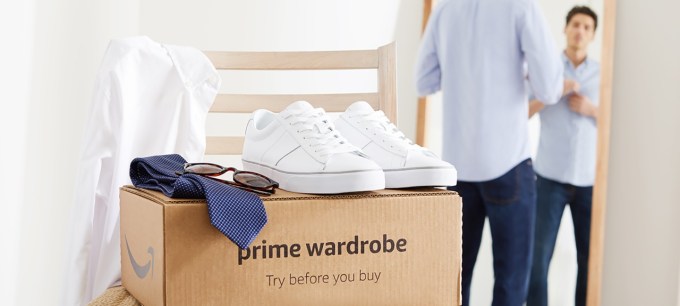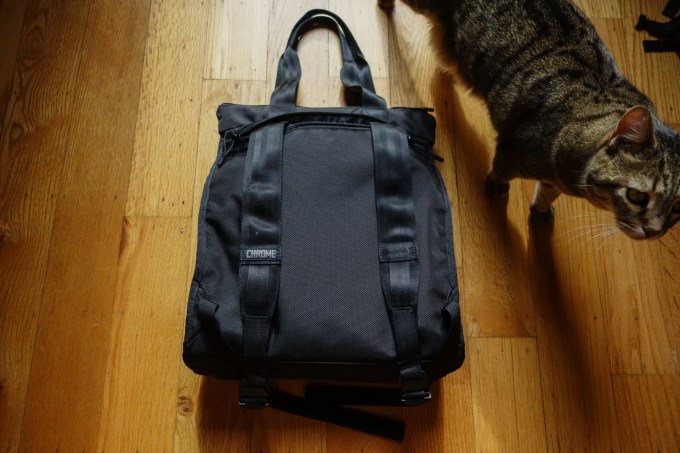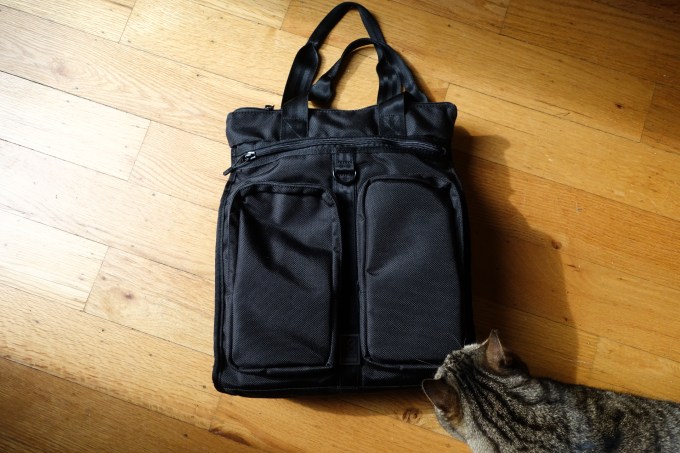Makula Dunbar
Contributor
More posts by this contributor
Editor’s note: This post was done in partnership with Wirecutter. When readers choose to buy Wirecutter’s independently chosen editorial picks, Wirecutter and TechCrunch earn affiliate commissions.
 It’s safe to say that for many, a world without internet is hard to imagine. When you need a solid internet connection for work, studying or for catching up on your favorite shows, having a poor connection is almost as bad.
It’s safe to say that for many, a world without internet is hard to imagine. When you need a solid internet connection for work, studying or for catching up on your favorite shows, having a poor connection is almost as bad.
While fast and reliable internet starts with having a good provider, owning the right gear helps to support it. From network storage to the best router, we’ve compiled picks for helping you set up and secure a dependable home Wi-Fi network.

Wi-Fi router: Netgear R7000P Nighthawk
More than anything, when it comes to setting up a home Wi-Fi network, it’s important to have a good Wif-Fi router. If you don’t rent one from your internet service provider, you’ll want one that’s easy to use, has a decent connection range, and that’s able to handle a crowded network.
Our top pick, the Netgear R7000P Nighthawk, is a dual-band, three stream 802.11ac router and it offers solid speed and throughput performance across long and moderate ranges. Its load-balancing band steering automatically kicks in when networks are busy, which means you won’t sit around clicking refresh and resending requests. We like that its toggles and features are easy to find. This router is ideal for larger spaces, including homes that experience coverage issues.

Photo: Kyle Fitzgerald
Cable modem: Netgear CM500
If you have cable internet, a cable modem is one of the pieces of equipment that’s supplied by your service provider. As with a router, you may be paying an additional fee outside of the cost of internet service to have one. While a router helps your wireless devices communicate and use an internet connection, a modem is the device that connects your home network to the wider internet.
If you plan on, or have recently opted out of renting a modem, you’ll like that our top recommendation, the Netgear CM500, pays for itself in about six months. It’s compatible with a most cable Internet service providers, it’ll last for years, and you can rely on it to support Internet plan speeds of up to 300 Mbps.

Photo: Michael Hession
Wi-Fi mesh-networking kit: Netgear Orbi RBK50
In some homes, it isn’t uncommon to try moving a router around to find the best signal. However, with spaces larger than 2,000 square feet — or small to large spaces with brick, concrete, or lath-and-plaster interior walls — relocating a router may not do the trick. Instead of just using a single router, a Wi-Fi mesh-networking kit uses multiple access points improving overall Wi-Fi performance and range.
Our top pick, the Netgear Orbi RBK50, comes with a base router and satellite, each unit a tri-band device. We think these two units are enough for supporting a solid home Wi-Fi network in most spaces, but you can add another unit to this kit if necessary. It’s equipped with more than enough Ethernet ports, and it’ll work without an internet connection during setup or an internet outage.

Photo: Michael Hession
Wi-Fi extender: TP-Link RE200
For an even simpler, budget-friendly solution to bolstering a home Wif-Fi signal, we recommend the dual-band TP-Link RE200, our top pick for Wi-Fi extenders. It doesn’t extend the range of a network per se, but it increases throughput and decreases latency for a better Wi-Fi experience. It should be paired with a good router and is best for improving the speed of one device at a time over a network that isn’t too busy.
It’s compact, plugs into a power outlet and has an Ethernet port for easily connecting nearby devices. It’s a helpful middle-ground option for strengthening a Wi-Fi connection when you don’t need a mesh-networking kit and already have a decent router that doesn’t need to be replaced.

Photo: Rozette Rago
VPN service: IVPN
A virtual private network, or VPN, helps to ensure that a connection is secure. It’s an extra layer of protection that encrypts your online activity and should be used in addition to password managers, browser plug-ins that support privacy and encrypted hardware. While network security is necessary, a service that’s transparent and trustworthy with helpful support is more important.
Out of the 12 VPN services that we tested, we think IVPN is the best provider. IVPN doesn’t log or monitor activity, and we like that it’s stable, fast and works across platforms. In situations where your network isn’t protected, or when you join an unsecure network, its “firewall” and OpenVPN protocol features will keep you covered.

Photo: Kyle Fitzgerald
NAS for most home users: Synology DS218+
For homes and spaces where multiple computers are used, network-attached storage (NAS) devices back up data and files to devices on one local network, or a cloud service. It’s a small computer equipped with one or two hard drive bays, and it always stays on using less power than a repurposed computer. Our top recommendation, the Synology DS218+, is easy to manage, and it has three USB ports and the fastest writing speeds of any NAS we tested.
For those with a massive database of files, a NAS device is a better option than an external drive. With the DS218+, you can play back media and conveniently access your data as it supports FTP protocol, VPN server capabilities, SSDs and more. The biggest plus with owning a NAS device is having the option to use it as a storage device, website-hosting device, a media streamer, or anything else that a Linux computer can function as.
This guide may have been updated by Wirecutter.
Note from Wirecutter: When readers choose to buy our independently chosen editorial picks, we may earn affiliate commissions that support our work.


 It’s safe to say that for many, a world without internet is hard to imagine. When you need a solid internet connection for work, studying or for catching up on your favorite shows, having a poor connection is almost as bad.
It’s safe to say that for many, a world without internet is hard to imagine. When you need a solid internet connection for work, studying or for catching up on your favorite shows, having a poor connection is almost as bad.










